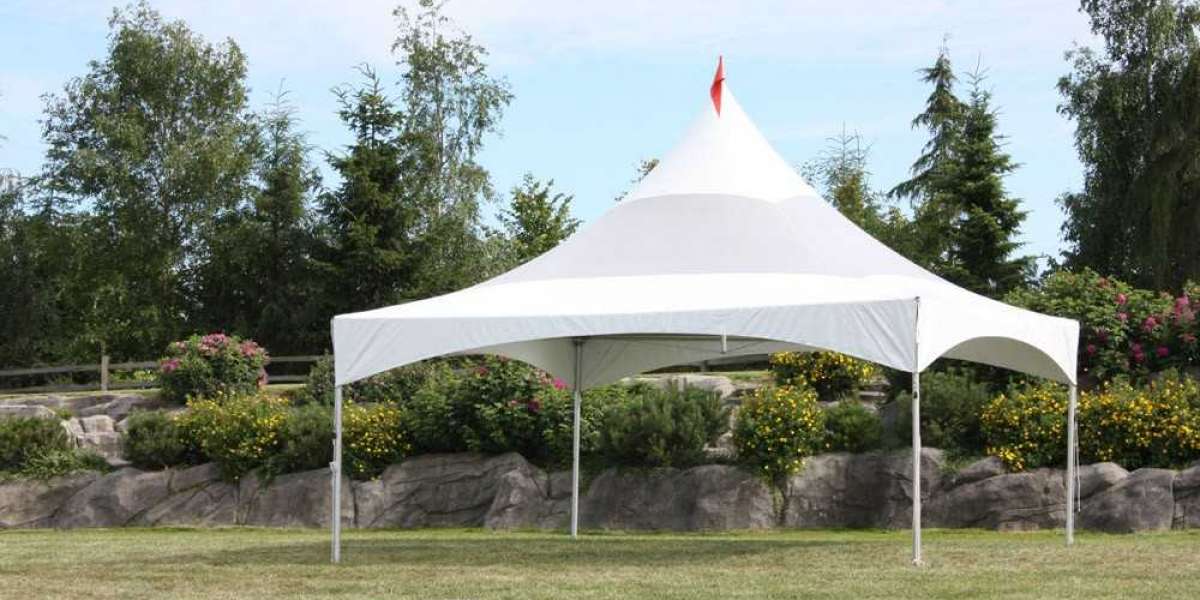OEM Volvo Parts: Making a Smart Investment in Your Vehicle
When you buy a new Volvo, you're not just buying a car. You're buying pragmatic design, premium materials, and precise engineering. You'll want to preserve that quality throughout your car's life, and one of the best ways to do that is to use genuine OEM Volvo parts for all service and repairs.
Volvo's proprietary OEM parts and accessories are designed and built with the same dedication to quality as its cars. From model-specific batteries and brake pads to practical interior and exterior add-ons, these components serve a wide array of needs. And every one of them is held to high standards for durability, fit, and appearance.
There are quite a few reasons to pick OEM parts for your Volvo, but it breaks down to one simple idea: it's one of the best ways to help your vehicle reach its peak potential.
Designed for a Perfect Fit
First and foremost, Volvo designs its OEM parts to fit perfectly into their designated models. There's no wiggle room or grey area -- each part is engineered for a seamless integration into the systems of a specific Volvo model. Replacement parts are built to the exact specs as the original factory components, while add-on accessories are designed to fit in flawlessly. The result is parts and accessories that work well with the vehicle as a whole.
Engineered for the Long Road
You may be able to find some lower prices with off-brand parts, but you'll likely make up for the cost with diminished quality. Volvo OEM parts, on the other hand, are built without compromise to durability. They're meant to last longer and perform better than any of the aftermarket or off-brand alternatives.
Compliant with Your Warranty
If your Volvo is still within its warranty period, you'll want to keep using OEM parts for the duration of coverage. Using certain off-brand components can end up voiding your warranty, since they don't adhere to Volvo's own standards for quality. Bring your car to a Volvo service center near Troy or Royal Oak and the staff will make sure quality OEM parts are installed. That way, you can rest easy knowing your warranty coverage is intact.
Order OEM Parts from Suburban Volvo Cars
Next time your Volvo needs replacement parts or you're looking to install accessories, you know who to call. Suburban Volvo Cars serves drivers near Southfield and Warrant with a wealth of components, from brake pads to batteries and more. We're one of the states foremost providers of OEM Volvo parts of all kinds.
We can help you find good prices, as well. Our parts department is always running parts specials and discounts on a wide variety of popular parts.
When you're ready to buy, you can submit your request online. We'll pull the parts and have them ready for pickup at our location. If you need help with installation, we can schedule a service appointment with our in-house Volvo service center near Sterling Heights and Detroit, MI.
How Do Water Tanks Work?
Water tanks provide real water conservation benefits, for both people and the environment. They play an important role in preserving precious water, especially rainwater. However many still ask, how do water tanks work? Water tanks come in different sizes, shapes and types, but all the different tanks have certain similarities in how they work.
People need lots of water every day for essential purposes like drinking and cleaning – but there is only a certain amount of water available. Sometimes water gets even scarcer, like when there is a drought and water restrictions come into effect. Rain water harvesting can ensure that people have water to meet their daily needs, and water tanks are an essential part of this. A water harvesting system can be installed in a house. When it rains the roof of the house becomes the water catchment area. The gutters on the roof funnel rainwater into the pipes, which connect the gutters to the water tanks. The water is then transported via pipes to the water tanks installed above or below the ground.
The captured rainwater is then stored to be used around the house. The water can be used for a number of purposes like cooking, washing and gardening. In urban and suburban areas where town water is available, it is not recommended to drink rainwater. In rural areas it may be possible to drink harvested rainwater, but you will need to install a filtration system to do so. Water tanks may also play a role in storing water that is supplied by local authorities.
Every home would benefit from having a water tank installed that is large enough to sustain the home for a considerable period of time, even if rain is scarce or the water supply from the local authorities stops. Depending on the property, a water tank can either be placed on the ground, below or even be elevated above the ground on a stand or platform. Above ground round polyethylene tanks are often the most cost effective option.
How Mud Flaps Benefit Your Vehicle
Mud Flaps – They Are Not Just for Aesthetic Purposes
Work trucks entering the highway are many times the culprits responsible for leaving for gravel, mud and dirt caked onto the road. Not only can hitting these road debris fields affect your car, but it can have damaging effects to other cars around you. Whether you have a truck, van or SUV, adding Mud Flaps can help save you from irritating dings and dents to your vehicle.
How Mud Flaps Benefit Your Vehicle
Mud Flaps protect your vehicle by safely deflecting road debris away from the fender wells. Your tires are in constant contact with a long list of obstacles ranging from muddy water to thick tar on a daily basis. Fender wells are made to contain these elements, but need some additional help. Since your fender wells do not extend down behind the tires, debris can still be thrown to damage cars behind you and directly affect your vehicle with damage.
When you install Mud Flaps, an additional barrier is created between the wheel well and the tire. Once the paint around your fender is penetrated, the potential of rust forming on the bare steel is quite real. The various road chemicals, oil, and dirt now have a place to adhere. The unsightly dents from rocks and paint chips could leave your car at the local body shop with costly repairs. In their simplest form, Splash Guards also keep the exterior of your vehicle looking cleaner by limiting water splatter.
Dee Zee offers several styles of cost effective Mud Flaps to keep you safely on track to your next destination. You can make sure the design fits your lifestyle for worry free driving.
Car Grille: What Are Its Functions?
A car grille is a protective metal or plastic latticework or grating located on the front of your vehicle between both headlights. It is one of the auto parts that complete the face of a car. Sometimes, the grille bears the logo of the manufacturer.
Most people see the car grille as just an aesthetic feature to enhance the vehicle's appearance. In reality, it does that and more. I'll try to bring this underrated accessory to limelight by stating three essential functions it performs. Just before I jump into it, there's a common misconception over whether it is grill or grille. It's grille (with an e). We're not in the kitchen, alright? (wink)
What Are the Functions of a Car Grille?
1. Help in air circulation
The grille covers the car’s front end yet allows air to get through its gaps. So, while it protects the engine from road debris, its ultimate function is help air circulation to the engine room. Air that’s allowed through the grille helps cool the moving components under the hood. Isn't that what a radiator is for, you may wonder? In fact, it is. But the car grille performs an essential supportive role. The air that comes through the grille cools the temperature of the water in the radiator to avoid overheating. In short, the grille enables the radiator to perform optimally.
2. Aid aerodynamics and performance
The car grille’s design is often integrated into a vehicle's aerodynamics, which enhances the car's performance. Without an opening, air resistance would build-up against a car and impact on its speed. With a grille present, and one designed to optimally aid aerodynamics, air shifts smoothly through the grille, the side, and top of the vehicle, lessening the impact of air resistance significantly.
Some automakers have even adopted a technology that automatically opens and closes the grille’s cavity as needed by the engine.
3. Improve aesthetics
The aesthetic benefit is undoubtedly the most apparent function of a car grille, although not the most important. Since we all care about beauty, it’s a function worthy of being mentioned.
Virtually all car brands treat the grille as a part of the brand’s identity. Grilles are so unique and distinctive in their appearance that you can tell an approaching car by its grille. You’ve noticed too, right?
Some auto manufacturers deliberately maintain the design of their grille because, over time, it has become an iconic thing for the brand. Others modify the car grille design more frequently but have the grilles carry their logo as part of their brand design.
BMW, for instance, has had the same twin-oval design for several years, although she often revises them slightly for a new look. Consider Volvo too, for instance. Relative to other brands, she changes her grille design pretty often. But the grille still always has the brand logo or signature as an emblem.
Is It Okay to Drive Without a Grille?
Despite the advancements in engineering and technology, it is still impossible to have an internal combustion engine vehicle without a grille. The aesthetic and aerodynamics features could be overlooked. Without air passage, the cooling system won't function at optimal capacity. Without a grating to cover air passage, you will put the vehicle at risk.
But what if your car's grille was removed for whatever reason, and you needed to hastily drive your car without it? In emergency cases, you may drive without car grille, because its absence does not block the air passage. That's not to say that it's okay, because it's not advisable. You'll need to check with transport laws if you're allowed to drive without car grille. Also, with an unprotected front end, your car's radiator and engine will be exposed to debris and wind.
With the future rolling more and more toward electric cars—which have no need or less need for air cooling— we may be seeing more grille-less cars. And if we did see them, it'd be mostly for design purposes.



